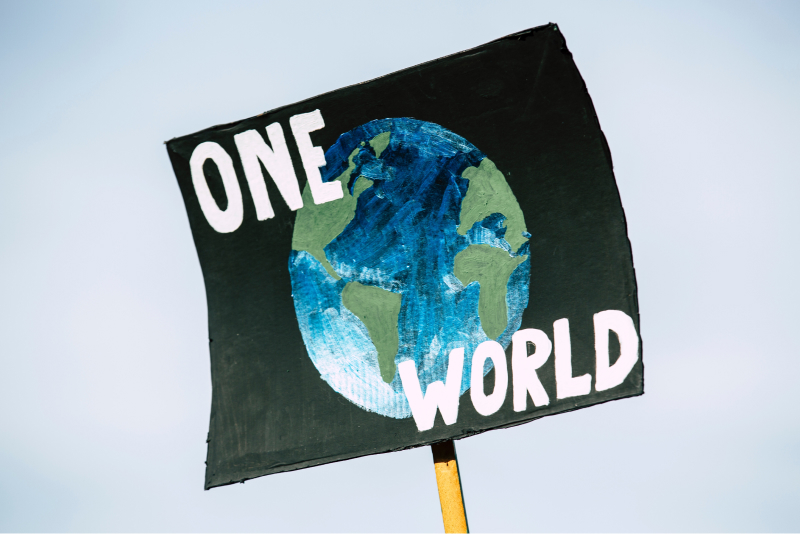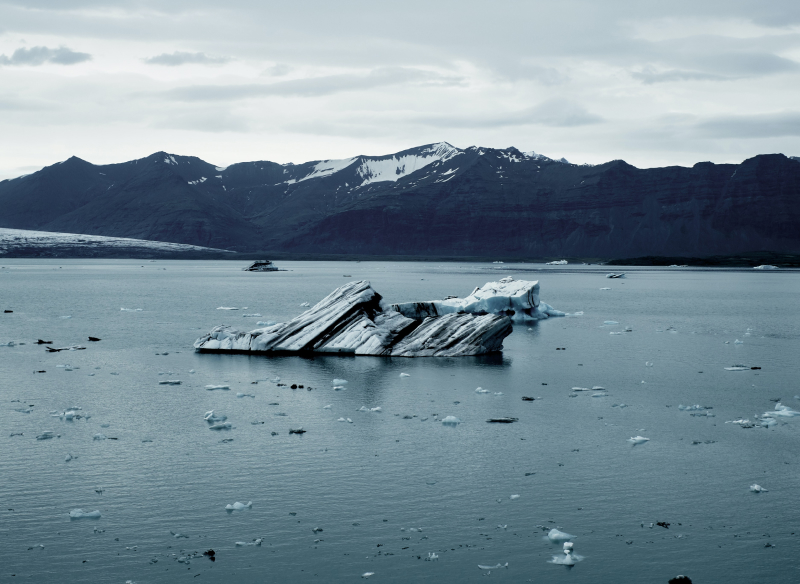What is Climate Change?
Raise awareness on climate change and its related impacts.
Tackling Climate Change

1.5°c
warmer since pre-
industrial era
30%
CO₂ increase in
50 years
200M
people will roughly be displaced by 2050
1.2T
tons of ice lost
each year
What is climate change?

What is the difference between climate change and global warming?
While global warming is just one aspect of climate change. In fact, the definition of global warming refers to the rise in global temperatures mainly due to the increase in greenhouse gas concentrations in the atmosphere.

Understanding the Impacts of Climate Change
What are the consequences of climate change?
Extreme Weather Events
Global warming intensifies weather patterns, leading to more frequent and severe extreme events like hurricanes, droughts, and heatwaves.
Ocean Acidification
Increased carbon dioxide absorption by the oceans leads to ocean acidification. This has detrimental effects on marine life, especially on coral reefs and shellfish.
Rising Sea Levels
As global temperatures rise, polar ice melts, leading to the expansion of seawater and the subsequent rise in sea levels. This results in coastal erosion, loss of habitats for wildlife, and threatens low-lying communities with increased flooding risks.
Drought and Wildfire
With global warming, there is a noticeable rise in both drought occurrences and the severity of wildfires. The changing climate lead to overall drier conditions, making it easier for wildfires to spread and become more destructive and frequent
Extreme Weather Events
Global warming intensifies weather patterns, leading to more frequent and severe extreme events like hurricanes, droughts, and heatwaves.
Ocean Acidification
Increased carbon dioxide absorption by the oceans leads to ocean acidification. This has detrimental effects on marine life, especially on coral reefs and shellfish.
Drought and Wildfire
With global warming, there is a noticeable rise in both drought occurrences and the severity of wildfires. The changing climate lead to overall drier conditions, making it easier for wildfires to spread and become more destructive and frequent
Rising Sea Levels
As global temperatures rise, polar ice melts, leading to the expansion of seawater and the subsequent rise in sea levels. This results in coastal erosion, loss of habitats for wildlife, and threatens low-lying communities with increased flooding risks.

The impact on Biodiversity
Additionally, as habitats disappear, many animal species face challenges in adapting to changing conditions, leading to population declines and, in some cases, extinction. In turn, the loss of key species can disrupt the delicate balance of ecosystems, causing cascading effects throughout the food web. This disruption can lead to the overpopulation of some species and the underpopulation of others, destabilizing ecosystems and leading to a loss of biodiversity.

The impact on Human life
The consequences of climate change have a significant and interconnected impact on human life. For instance, droughts and floods decrease the availability of food and drinkable water, while the rising temperatures make living conditions extremely difficult, especially for vulnerable individuals. These two factors can lead to mass migration, resulting in tensions and potential conflicts. These are only some examples of the impact of global warming on human life.
What cause global warming?
The Earth has a long history of experiencing natural cycles of warming and cooling, which occurred well before humans even existed (illustrated in graph 1). However, over the last two centuries, there has been a significant change in global air temperatures near Earth's surface, with an average increase of about 1.5 degrees Celsius.

The Earth's climate has naturally fluctuated over long periods, influenced by various factors like changes in solar activity, volcanic eruptions, shifts in Earth's orbit, and natural variations in carbon dioxide (CO2) levels. Scientists have reconstructed this climate history using indirect measures such as ice cores, tree rings, glacier lengths, ocean sediments, and others.

The warming process of the Earth, caused by human activities, began around the 1800s and was primarily driven by the burning of fossil fuels such as oil, coal, and gas, which became prevalent after the first industrial revolution. This combustion releases numerous gases into Earth's atmosphere, where they can remain for different amounts of time, from months to millennia.
What is the greenhouse gas effect?
Human-generated gases accumulate in the Earth's atmosphere, enhancing the natural greenhouse effect that sustains our planet's current temperature and the life it supports. When the sun's energy reaches Earth, some is absorbed by the surface, while the rest reflects back into space. Earth's atmosphere crucially retains a portion of this reflected energy, with these gases trapping some of the outgoing heat, maintaining a temperature conducive to life. Yet, human activities have amplified these gas concentrations, resulting in an intensified greenhouse effect and global warming.
Sunlight passes through the atmosphere, bringing essential light and warmth to life on Earth.
The Earth absorbs part of the radiation and reflects another part back into the atmosphere. This process is a key element of the Earth's climate system, helping to regulate the planet's surface temperature.
Greenhouse gases in the Earth's atmosphere trap some of this solar radiation, warming the planet.
They trap some of the infrared radiation (heat) re-emitted by the Earth's surface, preventing it from escaping completely into space. This process, known as the greenhouse effect, is natural and necessary to maintain the Earth's temperature at a habitable level. Without it, our planet would be much colder. However, increased concentrations of these gases can lead to further global warming, with potentially serious consequences for terrestrial ecosystems and living conditions.
💡 The Paris Agreement
Adopted in December 2015 and signed by nearly all countries worldwide, The Paris Agreement is a significant international treaty to combat climate change. It aims to limit global warming to below 2 degrees Celsius, with an ideal goal of 1.5 degrees Celsius, by encouraging countries to set and update emission reduction targets. It highlights transparency, accountability, and global cooperation in addressing climate change impacts, serving as a crucial framework for sustainable, low-carbon solutions for a resilient and sustainable future.
Variations in CO₂ emissions by region and sector
The two graphs below illustrate variations in CO2 emissions by region and sector. On the first graph, we can observe that both China and Europe have reduced their emissions. In the second graph depicting emissions by sector, the industrial and building sectors have seen a decrease in their emissions, whereas other sectors have experienced an increase.
*Data source : International Energy Agency (IEA)
What companies can do to tackle climate change?

Awareness
Climate Fresk
Interested in contributing to the fight against climate change but lacking the time to pursue a career as a climate scientist? Join our collaborative Climate Fresk workshop, where in just three hours, you'll gain a solid grasp of the essential science behind climate change and be equipped to make a positive impact.
GHG Measurement
Gain a comprehensive understanding of Scopes 1, 2, and 3 emissions distinctions. This training will guide you through each stage of carbon footprint measurement, starting with data collection, progressing to report generation, and culminating in the development of your transition plan.
Guidebook: Measuring & reducing your company's carbon footprint!

Download for free
In this guide, we will explain you how to start your company's decarbonization.

